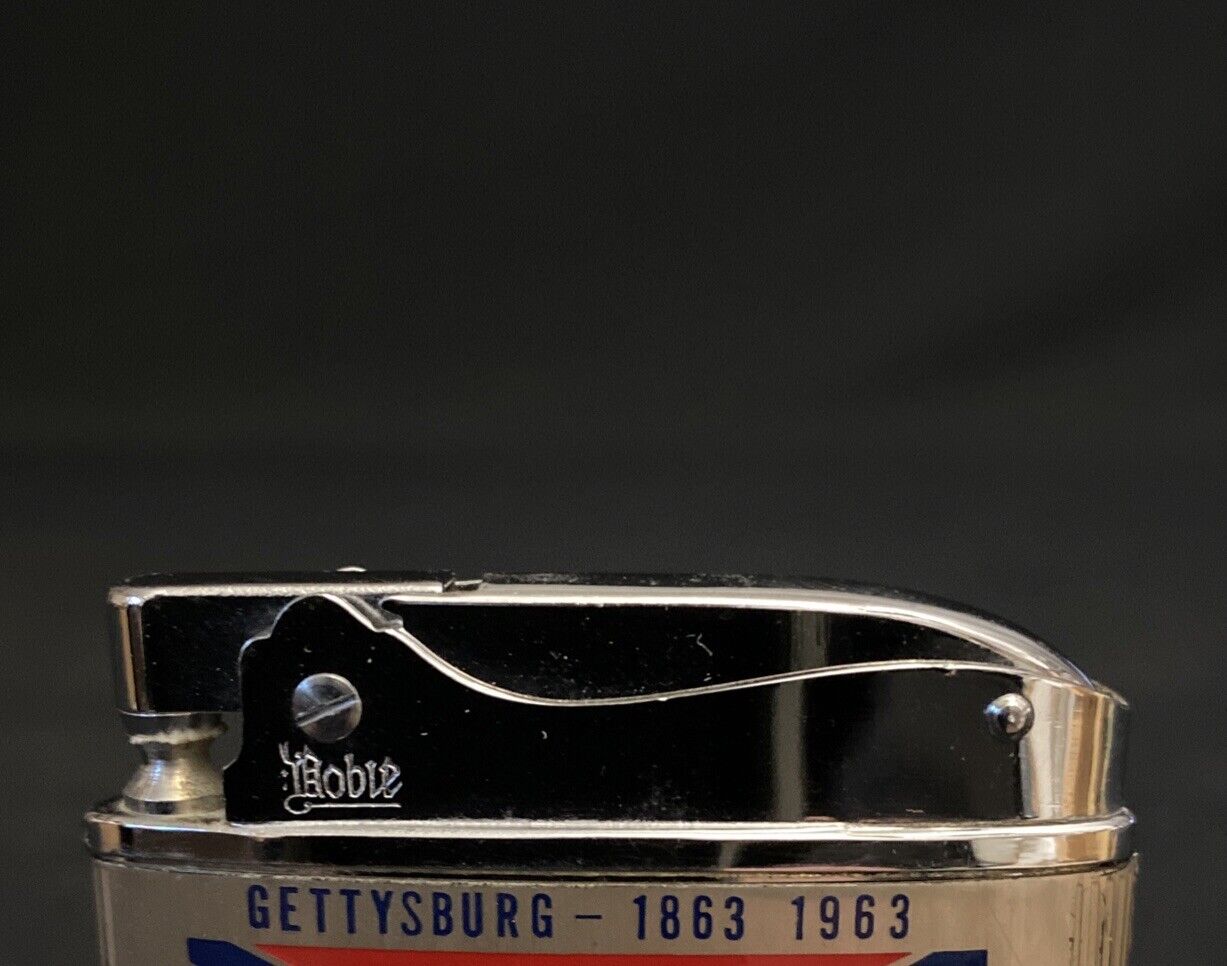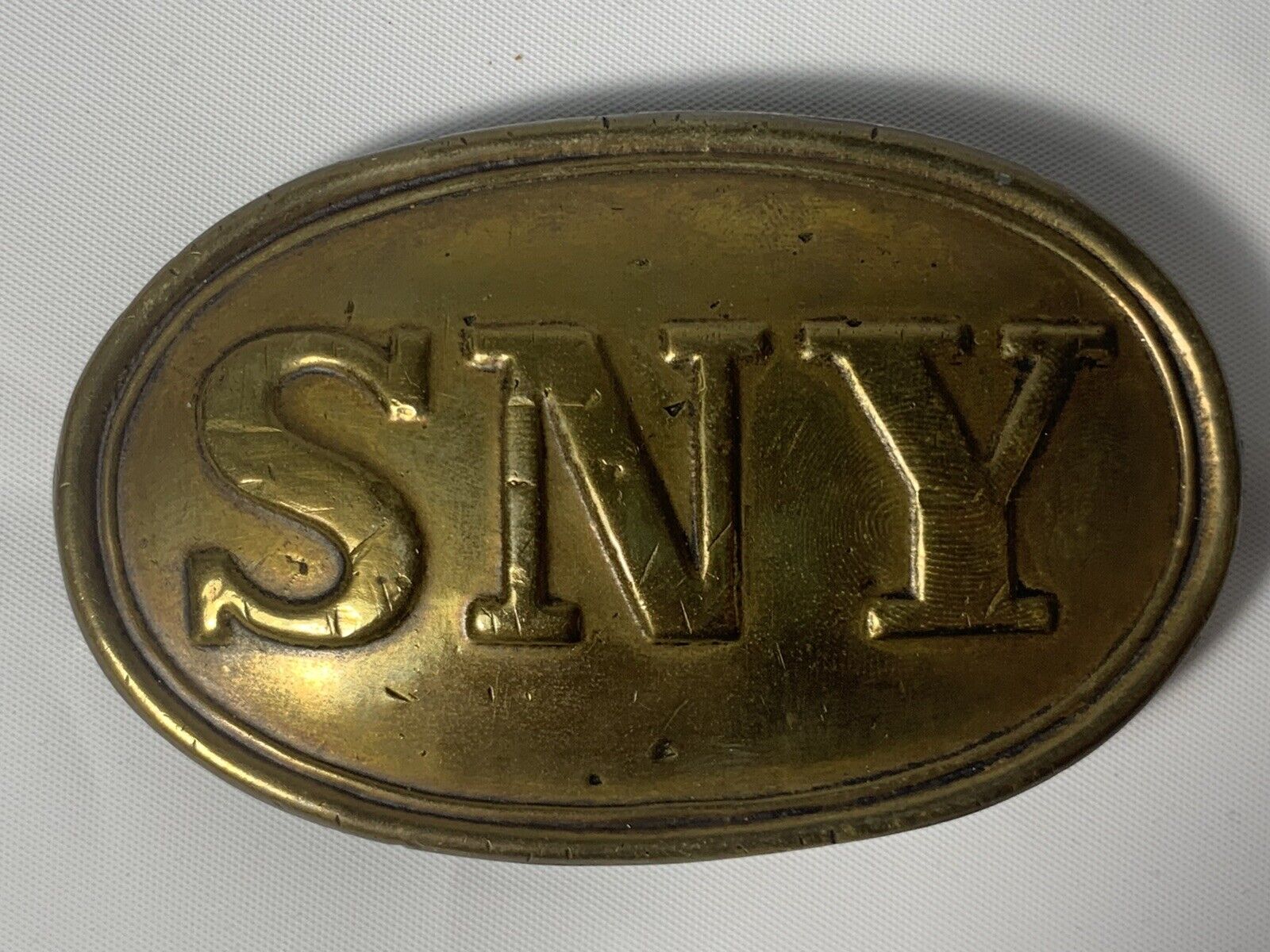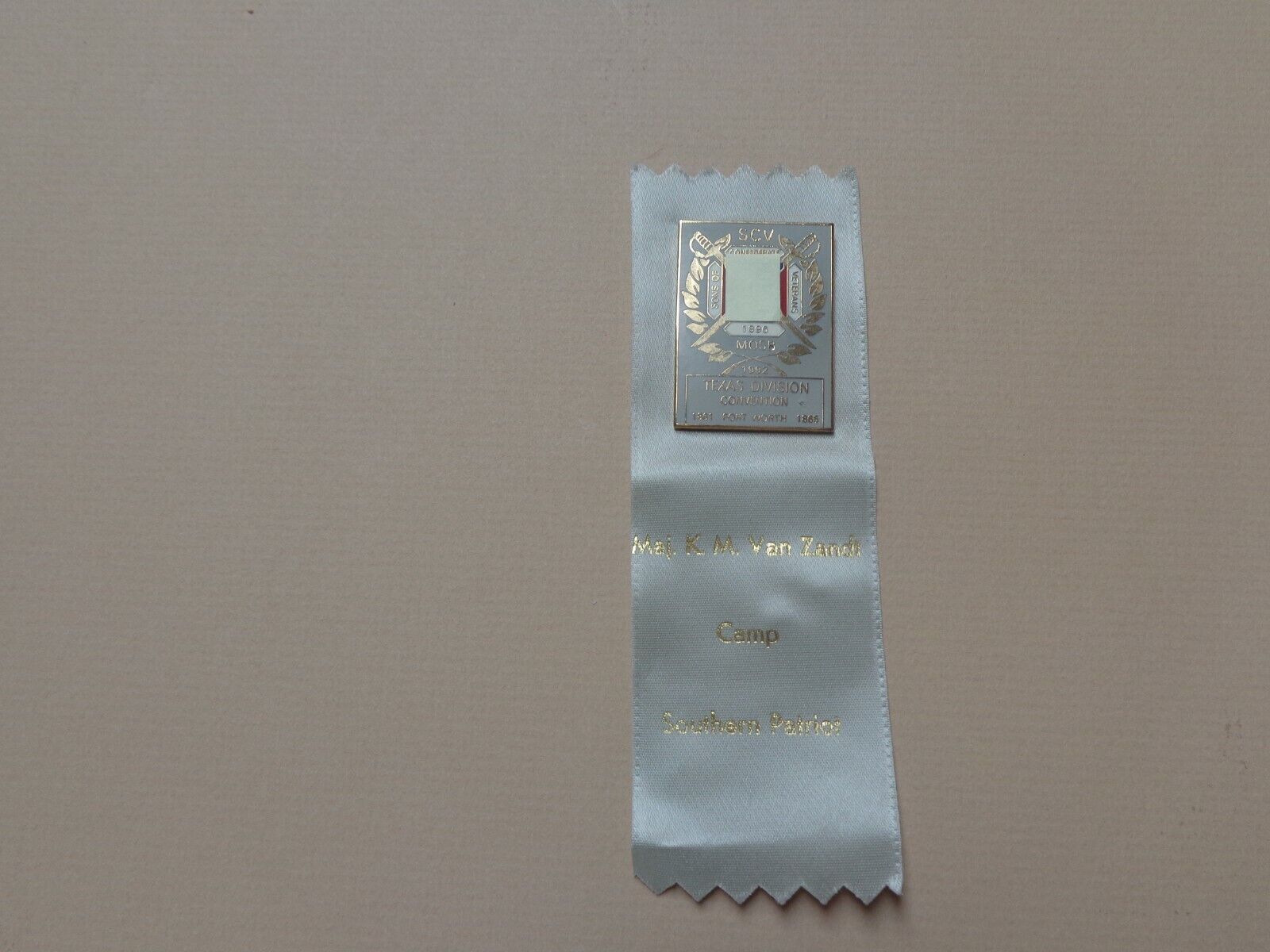-40%
Gen. Oliver O. Howard’s 11th Corps Headquarters Marker
$ 102.96
- Description
- Size Guide
Description
Sculpted by Gary CasteelSize: 5” x 5” x 11”
Weight: 1.95lbs
1863 Signed and Numbered Limited Edition Monument Replicas
Major General Oliver O. Howard commanded the 11
th
Corps at the Battle of Gettysburg. At the outset of the Civil War, Howard, an abolitionist from Maine, was made a colonel in command of the 3rd Maine Volunteer Infantry. After leading a brigade at the First Battle of Bull Run, Howard was promoted to Brigadier General in September 1861.
On June 1, 1862, at the Battle of Seven Pines, Howard led a brigade against superior numbers in a heated battle. The picture of bravery, Howard stayed in the thick of battle leading and animating his men. Even though two horses were shot from under him, and his right arm was shattered by two bullets, he continued to spur on his men until the Confederates retreated. Howard’s arm was amputated, and in 1893 he would receive the Medal of Honor for his bravery at Seven Pines.
In August 1862, Howard returned to brigade command and was promoted to Major General in November 1862, after he led a division at Antietam and Fredericksburg. In the spring of 1863, Howard was elected to replace Franz Sigel as the head of the 11
th
Corps. A revolutionary from Germany, the immensely popular Sigel was the perfect choice to lead the predominantly German unit. Howard, however, with his penchant for strict military and moral discipline, was not well received by his new command and did little to gain the respect of his troops before the battle of Chancellorsville. Having studied for the ministry in the Presbyterian Church, Howard was intensely pious and was a temperance leader. This led to friction between Howard and his commanding officer, Joe Hooker, whose reputation in the army was that of a profane and hard drinking womanizer. Hooker was not impressed with Howard's moral philosophy, later stating that Howard was a good deal more qualified to "command a prayer meeting" than an army corps. The result of the mistrust and lack of communication was the debacle at Chancellorsville.
In charge of the 11
th
Corps at the Battle of Chancellorsville, Howard and his men were severely routed by Gen. Thomas “Stonewall” Jackson and his troops. On May 2, 1863, while Howard’s corps held the army’s right flank, his men bore the brunt of Stonewall Jackson’s devastating flank attack. Jackson's corps struck the surprised 11
th
Corps in the flank and rear. When Hooker was ultimately forced to withdraw from the battlefield, the 11
th
Corps, specifically the Germans, was held responsible for the failure of the campaign. Though the corps commander displayed personal bravery, exposing himself to enemy fire while attempting to rally his troops, many—including Army commander Joseph Hooker—blamed Howard and his “flying Dutchmen” for the Union rout. These same troops would flee in confusion two months later at the battle of Gettysburg.
On July 1, 1863, at the Battle of Gettysburg, Howard was briefly the overall commander, and his 11
th
Corps again held the right flank of the army and, as at Chancellorsville, was outflanked and routed. The remnants of the corps fell back to Cemetery Ridge. Although his troops were again forced back, Howard had the presence of mind to select Cemetery Hill to retreat to and anchor Union forces and organized a defense that would hold for the rest of the battle. The collapse of the 11
th
Corps at Gettysburg seemed to confirm that Chancellorsville was not an isolated accident.
Their commanding officer, however, would receive the thanks of the United States Congress for selecting the ground upon which the next days’ battle was fought—a deed most attributed to Maj. Gen. Winfield S. Hancock. Howard received the thanks of Congress in a Joint Resolution in 1864 for his actions at Gettysburg.
In his report, General Howard mentioned the terrain and the choice of Cemetery Hill for his headquarters:
After an examination of the general features of the country, I came to the conclusion that the only tenable position for my limited force was the ridge to the southeast of Gettysburg, now so well known as Cemetery Ridge. The highest point at the cemetery commanded every eminence within easy range. The slopes toward the west and south were gradual, and could be completely swept by artillery. To the north, the ridge was broken by a ravine running transversely. I at once established my headquarters near the cemetery, and on the highest point north of the Baltimore pike.
This monument was dedicated in 1913 and is located on East Cemetery Hill. It is 80 feet northeast of General Winfield Hancock’s monument.
We offer free shipping anywhere within the Continental United States. For shipping to Alaska and Hawaii, or for shipping overseas, please contact us for shipping rates.










